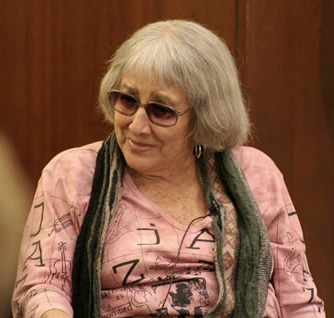Two big wins for women in science this week: Frances Arnold, a Caltech biochemical engineer, became the very first woman to win the prestigious Millennium Technology Prize. And the New York Times told us about an upcoming movie based on the lives of the women that pioneered NASA’s space program. Whoa, what a week!
Arnold won the award for her work in directed evolution of proteins – she basically created the field of study. She thinks a lot about how we can replace toxic chemicals in manufacturing processes with enzymes to help protect the environment. And, as a side note, she was the first woman to be elected to all three branches of the National Academy of Sciences, Engineering, and Medicine.
Needless to say, she’s a force to be reckoned with.
In other exciting news, a recent New York Time’s article featured the forth-coming film “Hidden Figures”, staring Taraji P. Henson and Octavia Spencer. The movie recounts the story of African-American women like Katherine Johnson, who were the backbone of NASA’s space program in the 60s.
The film is based off the book “Hidden Figures” by Margot Lee Shetterly, which will be published in the fall. The author grew up knowing Katherine Johnson, but had no idea of Johnson’s impact on NASA’s operations.
“‘I thought, Oh my God, what is this we’re hearing here?’ Ms. Shetterly said, recalling the moment a few years back when her father, a retired research scientist, casually mentioned Ms. Johnson’s life work. Her next thought: why haven’t we heard about it before?” – New York Times
I couldn’t agree more, Ms. Shetterly. And I’m so grateful that the women of NASA will finally have their story told on the big screen. May their stories inspire people, young girls especially, around the world for generations to come.



